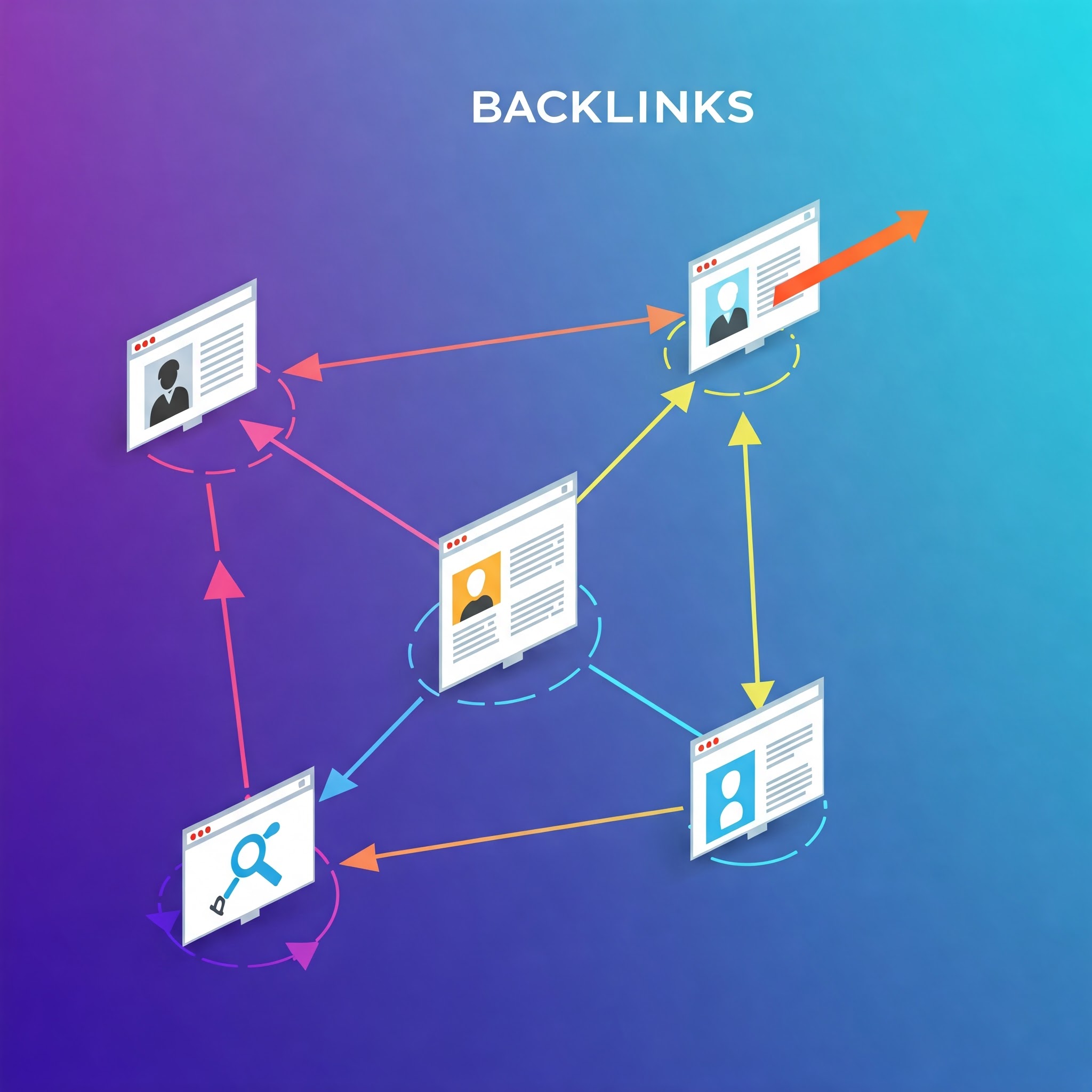Backlinks are one of the most critical factors in SEO success. They act as a vote of confidence from other websites, signaling to search engines that your content is valuable and trustworthy. But not all backlinks are created equal. In this beginner’s guide, we’ll explore how to build high-quality backlinks that actually work and boost your search rankings.
What Are Backlinks and Why Are They Important?
Backlinks, also known as inbound or incoming links, are links from one website to another. When a reputable website links to your content, it passes link equity, which can improve your domain authority and ranking potential.
Benefits of Backlinks:
- Improve Search Engine Rankings: Google considers backlinks as a ranking factor.
- Increase Website Traffic: More links mean more potential visitors.
- Enhance Website Authority: Trusted backlink make your site more credible.
- Faster Indexing: Search engines discover new pages through backlinks.
Types of Backlinks
Not all backlinks offer the same SEO benefits. Understanding the different types can help you focus on the most valuable ones.
1. Do-Follow Backlinks
These are the most valuable backlink because they pass link equity to your site. They positively impact SEO and help improve rankings.
2. No-Follow Backlinks
These links do not pass SEO value, but they still drive traffic and diversify your backlink profile.
3. Editorial Backlinks
Earned naturally when other sites find your content valuable and link to it.
4. Guest Post Backlinks
Links earned by contributing valuable content to other blogs or websites.
5. Directory and Profile Backlink
Links from online directories, business listings, or social media profiles.
How to Build High-Quality Backlink
Building backlinks requires effort, but the right strategies can help you earn authoritative links effectively.
1. Create High-Quality Content
Content is the foundation of a successful backlink strategy. High-quality, valuable content attracts natural backlinks from reputable websites.
Content Ideas:
- In-Depth Guides: Detailed guides on industry topics.
- Original Research & Case Studies: Data-driven insights.
- Infographics: Visually engaging content that people share.
- Listicles: Popular formats like “Top 10” or “Best of” lists.
2. Guest Blogging
Writing guest posts for reputable websites in your industry helps you earn backlinks while positioning yourself as an authority.
Guest Posting Tips:
- Choose high-authority websites with relevant content.
- Provide value by writing well-researched articles.
- Ensure the backlink is naturally placed within the content.
3. Use the Skyscraper Technique
This technique involves finding high-ranking content in your niche, creating a better version, and reaching out to websites that link to the original piece.
Steps:
- Identify top-performing content.
- Create a more detailed, updated, or visually appealing version.
- Reach out to websites linking to the original content and suggest your improved version.
4. Broken Link Building
This method involves finding broken links on high-authority websites and suggesting your content as a replacement.
How to Do It:
- Use tools like Ahrefs or Check My Links to find broken links.
- Create relevant content that fits the missing link.
- Contact the website owner with your replacement link.
5. Leverage HARO (Help a Reporter Out)
HARO connects journalists with experts. By providing insights or quotes, you can earn authoritative backlinks from major news sites.
6. Build Internal Links
While not external backlink, internal links help distribute link equity within your website, improving SEO.
7. Engage in Community Participation
Participate in relevant forums, Q&A sites (Quora, Reddit), and social media groups by providing valuable insights and linking back to relevant content.
Common Backlink Mistakes to Avoid
Not all backlinks help your SEO. Avoid these mistakes to ensure a strong backlink profile.
1. Buying Backlinks
Google penalizes paid links, which can harm your rankings.
2. Using Low-Quality Directories
Spammy directories can negatively impact SEO.
3. Overusing Exact-Match Anchor Text
Diverse and natural anchor texts are better for SEO.
4. Ignoring Link Relevancy
Links should come from relevant websites in your niche.
Tools to Track and Manage Backlink
Using SEO tools helps monitor your backlink profile and identify areas for improvement.
Recommended Tools:
- Ahrefs: Tracks backlinks and analyzes competitors.
- Moz Link Explorer: Measures link quality.
- SEMrush: Provides backlink insights and audits.
- Google Search Console: Monitors inbound links to your site.
Conclusion
Building high-quality backlink is an ongoing process that requires strategy and effort. By creating valuable content, leveraging guest blogging, and using techniques like broken link building and HARO, you can earn authoritative backlink that boost your SEO performance. Avoid common mistakes and use tracking tools to refine your strategy. Start implementing these techniques today and watch your website grow in authority and rankings!





